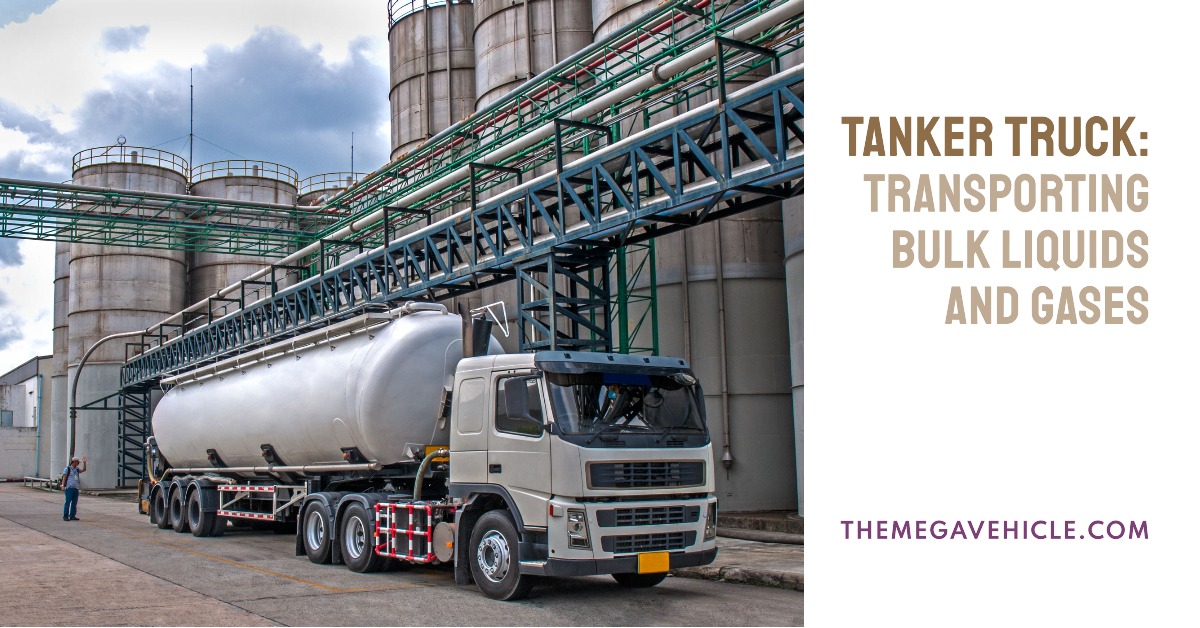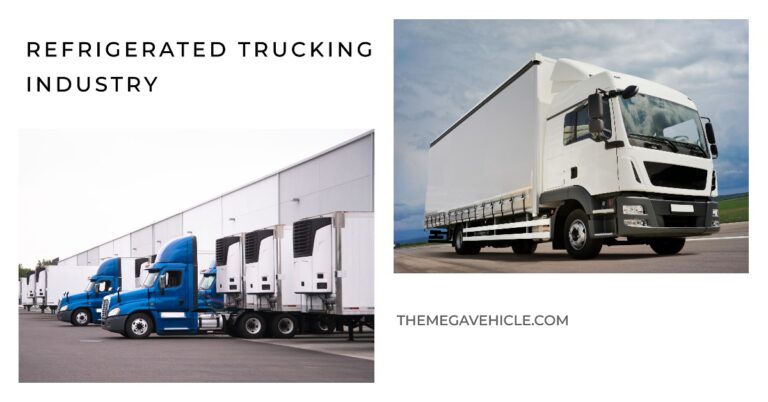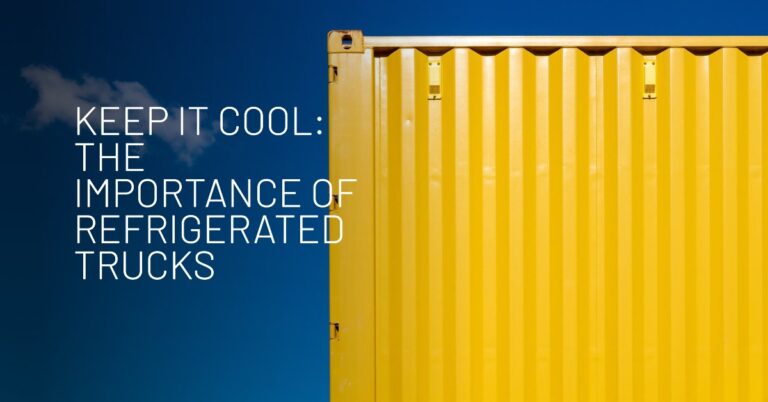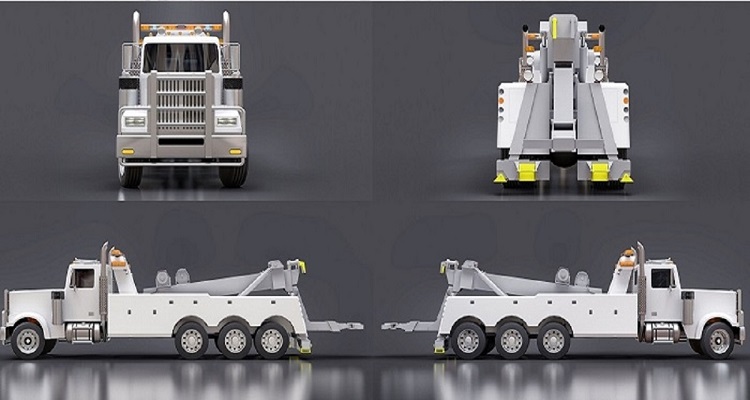Exploring the Mighty Tanker Truck: A Vital Component of the Modern Transport Industry.

A tanker truck is a specially designed-vehicle for transporting liquids, gases, and hazardous materials. They consist of a large cylindrical tank mounted on a truck chassis made from durable materials like steel or aluminum, ensuring the safe transportation of various commodities.
Typically, these trucks have pumps, hoses, and meters to facilitate loading and unloading operations. Tankers are essential in ensuring the smooth and efficient distribution of liquids or gases across different industries. They provide a cost-effective and reliable means of transporting large quantities of substances, minimizing the need for multiple trips or alternative transportation methods.
Tanker truck design is crucial to prevent leaks, spills, and accidents during transport. They have cutting-edge safety features like compartments and baffles that help stabilize the load and reduce movement. By doing this, it is made sure that the liquids or gases being transported are kept safe during the entire trip.
Table of Contents
History of Tanker Trucks
The tanker truck was invented in the early 20th century to transport liquids efficiently. Before the development of tankers , liquids such as oil, water, and chemicals were transported using barrels, wagons, and horse-drawn carts. In the beginning, loading and unloading these tankers by hand required a lot of physical effort.
In the 1920s, motorized pump systems were introduced, allowing for more effortless loading and unloading of liquids. This innovation significantly increased efficiency and reduced manual labor.
Different Types of Tanker Trucks
Tanker trucks are an essential part of our modern transportation system, responsible for the safe and efficient movement of various liquids. Here are a few different types of tankers commonly used:
1. Fuel Tankers
These trucks are designed to transport petroleum products such as gasoline, diesel fuel, and aviation fuel. They have specialized compartments and safety features to prevent leaks or spills.
2. Water Tankers
Water tankers transport large quantities of water for various purposes, including firefighting, construction projects, and supplying remote areas with drinking water. They come in different sizes and configurations, depending on the specific requirements.
3. Chemical Tankers
Chemical tankers are specifically engineered to transport hazardous chemicals and other liquids that require special handling. These trucks have advanced safety systems, including corrosion-resistant materials and leak-proof compartments, ensuring the secure transportation of dangerous substances.
4. Milk Tankers
Milk tankers are designed to transport milk from dairy farms to processing facilities. These trucks have insulated stainless steel tanks that maintain the temperature and hygiene standards necessary for transporting perishable goods.
5. Bitumen Tankers
Bitumen tankers are used for transporting bitumen, a sticky and viscous substance commonly used in road construction. These trucks have heating systems to keep the bitumen in a liquid state during transport.
6. LPG Tankers
LPG (liquefied petroleum gas) tankers transport propane, butane, and other liquefied gases. These trucks have specialized tanks and safety features to prevent leaks or accidents.
7. Dry Bulk Tankers
Dry bulk tankers transport free-flowing granular materials such as grains, cement, sand, and fertilizers. These trucks have large compartments designed to handle bulk quantities efficiently.
Each type of tanker truck serves a unique purpose and requires specific design features to ensure its cargo’s safe and reliable transportation. Whether fuel, water, chemicals, or any other liquid, these tankers are vital in keeping our industries and communities running smoothly.
Benefits of tanker trucks
Tanker trucks offer several benefits that make them essential to various industries. Here are a few key advantages:
1. Efficient Transportation
Tanker trucks provide a highly efficient means of transporting large quantities of liquids, gases, and other bulk materials. Their specialized design allows maximum payload capacity, reducing the number of trips required and minimizing transportation costs.
2. Versatility
Tanker trucks come in various sizes and configurations, catering to different industries’ needs. They can transport many substances, including petroleum products, chemicals, food-grade liquids, water, etc. This versatility makes them indispensable across multiple sectors.
3. Safety and Security
Tanker trucks are built with safety in mind. They are equipped with advanced features such as reinforced tanks, anti-spill mechanisms, and pressure relief valves to ensure the secure transportation of hazardous materials. Additionally, their sealed compartments prevent contamination and maintain product integrity during transit.
4. Time-Saving
Tanker trucks offer significant time-saving benefits compared to other modes of transportation. Their high-capacity tanks can transport large volumes in a single trip, reducing loading and unloading times. This efficiency helps businesses streamline their operations and meet tight deadlines.
5. Cost-Effective
Tanker trucks help businesses optimize logistics costs by minimizing fuel consumption, reducing labor requirements, and eliminating the need for additional packaging materials for bulk shipments. These trucks offer a cost-effective solution for transporting liquids and bulk materials by maximizing payloads and minimizing transit times.
6. Environmental Considerations
Tanker trucks contribute to environmental sustainability by reducing carbon emissions associated with transportation. By consolidating large volumes into a single shipment, fewer vehicles are required on the road, reducing traffic congestion and lowering overall environmental impact.
7. Customization Options
Tanker trucks can be customized to suit specific industry requirements. They can be fitted with insulation systems for temperature-sensitive products or equipped with specialized pumps or compartments for particular liquids. This flexibility allows businesses to tailor the equipment to their unique needs and ensure the safe transportation of their goods.
In short, tanker trucks provide efficient transportation, versatility, safety, time-saving benefits, cost-effectiveness, environmental considerations, and customization options. These advantages make them indispensable assets for various industries that rely on the secure and efficient transport of liquids and bulk materials.
Important Features to Consider Before Buying Tanker Truck
When it comes to tanker trucks, there are several important features that you should consider. These features ensure the safe transportation of liquid cargo and contribute to the overall efficiency and productivity of your operations. Here are some key features to look for:
1. Tank Capacity
The capacity of the tank is crucial as it determines how much liquid cargo can be transported in a single trip. Choosing a tanker truck with a capacity that meets your specific requirements is essential.
2. Tank Material
Tanks can be made from various materials, such as aluminum, stainless steel, or carbon steel. Each material has advantages and disadvantages regarding durability, corrosion resistance, and weight. Consider the nature of the cargo being transported and choose a tank material suitable for your needs.
3. Safety Features
Safety should always be a top priority when transporting hazardous or flammable liquids. Look for tanker trucks with safety features such as emergency shut-off valves, grounding systems, and spill containment mechanisms. These features help minimize the risk of accidents and spills.
4. Pumping Systems
Efficient pumping systems are essential in tanker trucks to facilitate the loading and unloading liquid cargo quickly and safely. Look for trucks with reliable pumping systems that can handle different types of liquids and provide accurate flow control.
5. Road Stability
Tanker trucks need excellent road stability to ensure safe handling and prevent accidents. Features like anti-roll bars, air suspension systems, and well-designed chassis contribute to better stability and maneuverability on the road.
6. Maintenance Accessibility
Easy access to the tank and pumping system for maintenance and cleaning purposes is crucial for efficient operations. Look for tanker trucks that provide ample access points and easy-to-reach components, making maintenance tasks less time-consuming.
7. Regulatory Compliance
Tanker trucks must comply with industry regulations and standards for transportation safety. Ensure that the truck you choose meets all necessary regulatory requirements and has the proper certifications for transporting specific types of liquids.
8. Customization Options
Depending on your specific needs, choosing a tanker that offers customization options may be beneficial. This allows you to tailor the truck to your requirements, such as incorporating additional compartments, insulation, or specialized equipment.
When selecting a tanker truck, consider its tank capacity, material, safety features, pumping systems, road stability, maintenance accessibility, regulatory compliance, and customization options. You can ensure efficient and safe cargo transportation by carefully evaluating these features.
Safety Considerations for Tanker Trucks
Safety is of utmost importance when it comes to operating tanker trucks. These specialized vehicles transport hazardous materials, such as chemicals, gases, and liquids, which require specific safety considerations. Here are some essential safety measures to keep in mind:
1. Proper Training and Certification
All tanker truck operators should undergo comprehensive training and obtain the necessary certifications to handle hazardous materials safely. This includes understanding the properties of the substances being transported, emergency response procedures, and safe loading and unloading techniques.
2. Vehicle Inspections
Regular inspections of the truck are crucial to identify any mechanical issues or leaks that could compromise safety during transportation. Inspections should be conducted before and after each trip, including checking the brakes, tires, and lights and ensuring all valves and fittings are secure.
3. Loading and Unloading Procedures
Following proper loading and unloading procedures is critical to prevent spills or leaks. This includes using appropriate equipment and ensuring that the tank is not overfilled. Proper grounding techniques should also be implemented to avoid static electricity buildup and potential explosions.
4. Secure Cargo
It is essential to properly secure the cargo within the tanker to prevent shifting during transit. This can be achieved by using specialized baffles or partitions inside the tank that reduce liquid movement.
5. Emergency Response Plan
A well-defined emergency response plan is crucial in case of accidents or spills. All personnel involved in transporting hazardous materials should be trained on how to respond quickly and effectively to minimize risks and protect themselves, the environment, and others.
6. Driver Awareness
Tanker truck drivers should always be vigilant while on the road, following safe driving practices such as maintaining appropriate speed limits, avoiding sudden maneuvers or hard braking, and being aware of potential hazards like low bridges or narrow roads.
7. Personal Protective Equipment (PPE)
All personnel handling hazardous materials must always wear appropriate PPE. This includes protective clothing, gloves, goggles, and respiratory equipment, as required by the transport material.
8. Communication
Effective communication among all parties involved in the transportation process is essential. This includes clear communication between drivers, dispatchers, and emergency responders to ensure everyone is informed and prepared.
By following these safety considerations, operators can minimize the risk of accidents, protect the environment, and ensure the safety of themselves and others on the road.
Frequently Asked Questions:
1. What do tanker trucks carry?
They can carry a wide range of substances, such as petroleum products like gasoline, diesel, and aviation fuel. Additionally, they are used to transport chemicals, including acids, fertilizers, and industrial solvents. These trucks also transport liquids like milk, water, and juices.
2. Is it hard driving a tanker?
Driving a tanker can be challenging and requires a certain level of skill and expertise. Tankers are large vehicles carrying hazardous materials such as fuel, chemicals, or liquids, so it’s crucial to prioritize safety and follow strict regulations.
3. How long does it take to train a tanker driver?
Generally, the training period for a tanker driver can range from 4 weeks to several months. This duration typically includes classroom instruction, hands-on practice, and on-the-job training to ensure drivers are well-prepared to handle the unique challenges and responsibilities of operating a tanker safely and efficiently.
Conclusion:
Tanker trucks transfer liquids and gases efficiently and reliably in many industries. They safely deliver items worldwide due to their big capacity and specialized design. These trucks transport fuel, chemicals, and food-grade materials, keeping our industries functioning smoothly. Their adaptability and endurance make them essential in modern logistics and supply chain management.
Safely transporting hazardous materials requires careful attention to various factors such as proper training, maintenance of equipment, and adherence to regulations. Truck operators can contribute to a safer and more efficient transportation industry by prioritizing safety at every step of the process. All stakeholders must work together and continuously improve safety measures to prevent accidents and protect human lives and the environment.






